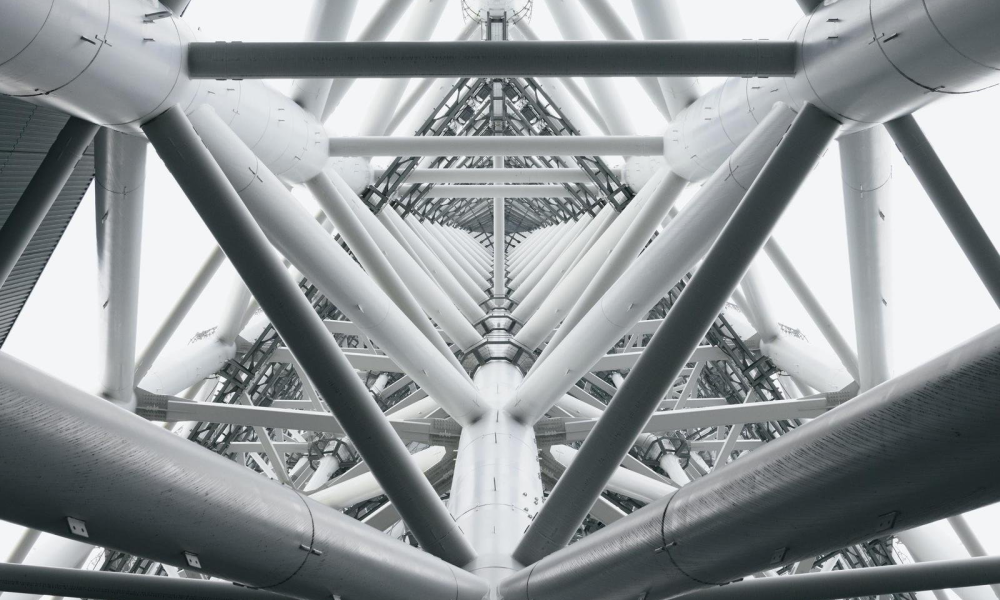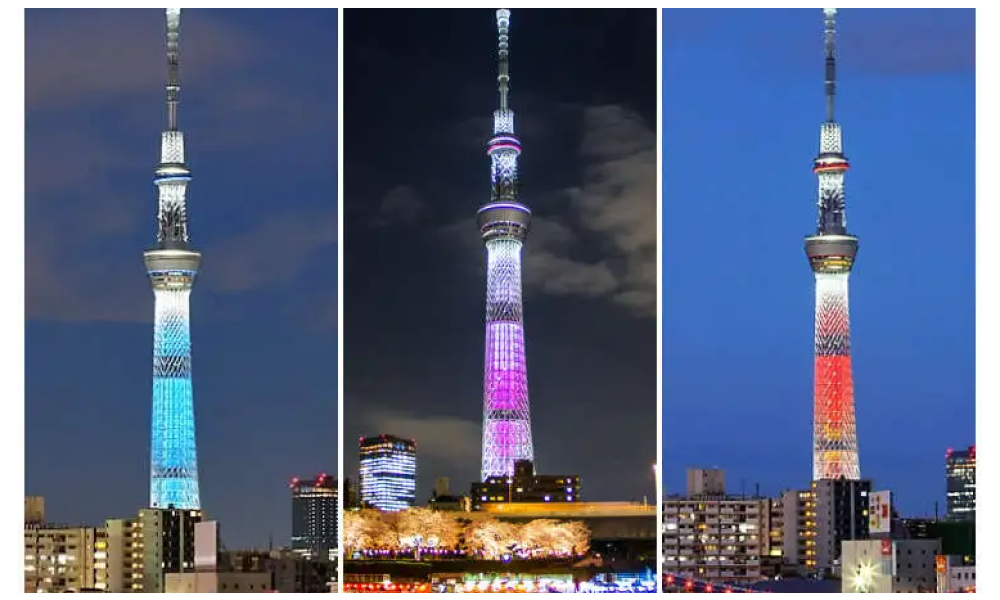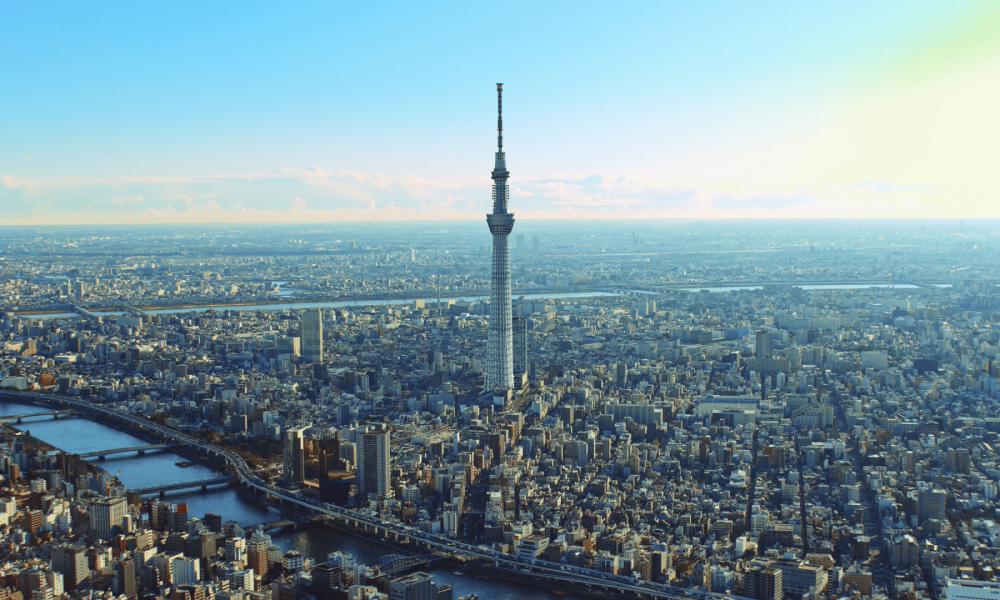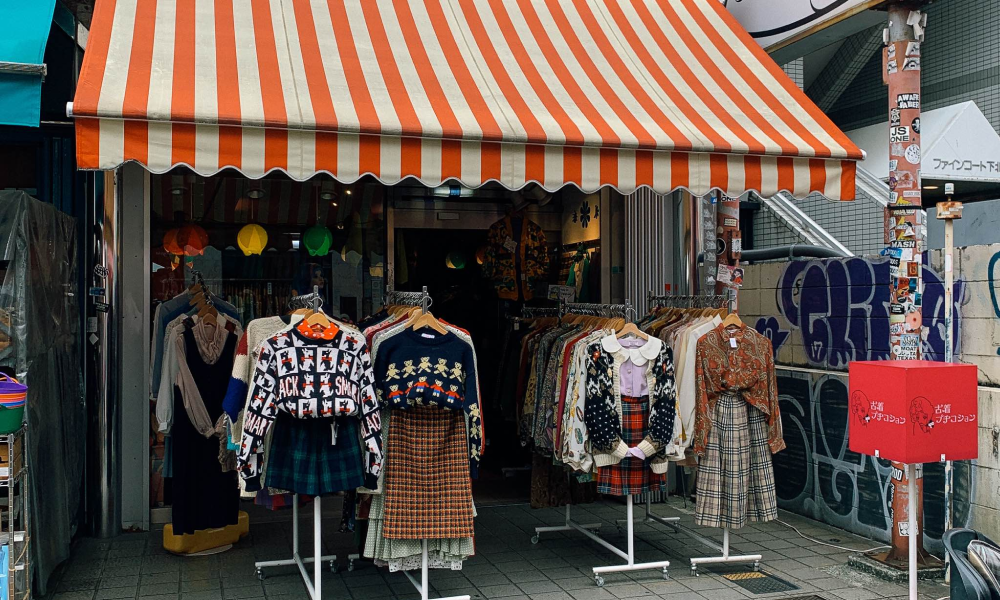Tokyo Skytree, one of the world’s tallest structures, is a marvel of engineering and a popular tourist destination. Here are other popular tourist destinations you should go and see: Nintendo Museum & Super Nintendo World
But did you know that it also offers a glimpse into the fascinating world of Einstein’s theory of relativity? Here is an intriguing fact about Skytree: time passes more quickly at the top.
It may sound like science fiction, but it is indeed true. According to Einstein’s theory, gravity affects the flow of time. The stronger the gravity, the slower time passes. Since gravity is slightly weaker at higher altitudes, time moves a tiny bit faster at the top of Skytree compared to the ground level.
A team of Japanese researchers recently confirmed this phenomenon by using precise atomic clocks to measure the time difference. They found that time at the Skytree observation deck, 450 meters above ground, runs about 4.26 nanoseconds faster per day than at the base. While this difference is incredibly small and invisible to humans, it’s a fascinating demonstration of Einstein’s theory in action.
Researchers published this important study in the well-known journal Nature Photonics. Next time you visit Tokyo Skytree, remember that you are experiencing a subtle shift in time.
However, Tokyo Skytree has much more to offer than initially meets the eye. The tower’s impressive height and sleek design are a testament to the skill of its engineers. Let’s delve deeper into the secrets behind this remarkable structure:
A Fusion of Strength and Beauty: The Truss Structure

Skytree’s internal structure is a complex network of triangles, known as a “truss structure.” This design is strong and resistant to wind and earthquakes, which is essential in Japan, where typhoons and earthquakes are common.
A representative from Nikken Sekkei, the architecture firm behind Skytree, explains:
“The truss structure allows wind to pass through, making it lighter and more resilient than concrete towers. It’s the ideal design for a broadcasting tower in Japan, so we decided to adopt it early on.”
However, achieving the desired aesthetic with a bare truss structure presented a challenge. The designers sought to incorporate traditional Japanese aesthetics into the tower’s design. Through teamwork, they created the sleek and elegant design we see today, blending tradition and modernity perfectly.
Inspired by Tradition: The “Shinbashira”

Skytree’s Shinbashira diagram
Skytree’s design also draws inspiration from traditional Japanese pagodas, specifically the central pillar known as the “shinbashira.” These pagodas have withstood centuries of earthquakes. People believe the shinbashira is key to their stability.
Skytree incorporates a similar concept with its “shinbashira seismic damping system.” The tower’s central concrete core (the shinbashira) stands separate from the outer steel frame. This lets the two structures sway at different speeds. Helping to cancel each other’s movement and reduce the tower’s sway by up to 50% during an earthquake.
This smart system, along with the strong truss structure, helps Skytree withstand even the strongest natural forces.
Exploring Tokyo Skytree: A Journey of Discovery
Interested in learning more about this fascinating structure? We highly recommend visiting the SKYTREE GALLERY on the first floor. This interactive exhibition features fun displays and information about Skytree’s construction and design.
You can also learn about the history of towers worldwide. At the same time also enjoy the “Sumida River Digital Picture Scroll”. Which showcases the beautiful scenery of the surrounding area.
On the 4th floor, adjacent to the entrance of the Tembo Deck, you will find the “SUPER CRAFT TREE” exhibit. Here, you can admire art installations inspired by 12 key elements of Skytree’s design. The “sori” (curve), “mukuri” (bulge), and the shinbashira (central pillar). These installations showcase the beauty of traditional Japanese craftsmanship.
Experience the stunning views from Skytree by taking the “Tembo Shuttle”. One of the fastest elevators in the world, which takes you to the Tembo Deck at a height of 350 meters.
Beautiful art panels depicting the four seasons adorn the elevator interiors.
From the Tembo Deck, you can enjoy stunning panoramic views of Tokyo. See landmarks like Sensō-ji Temple, Roppongi Hills, and the New National Stadium. On a clear day, you may even have the opportunity to catch a glimpse of Mount Fuji.
After soaking in the views, don’t forget to explore the shops on the 5th and 1st floors for unique souvenirs. You’ll find a wide variety of Skytree-themed goods, toys, and traditional crafts.
Tokyo Skytree Lights
As the sun sets, experience the captivating beauty of Skytree’s nighttime lights. In February 2020, designers introduced three new lighting concepts inspired by traditional Japanese culture.

“Iki,” based on the Sumida River, features a cool blue hue with dynamic, refreshing movements.
“Miyabi,” inspired by Edo purple, evokes a golden shimmer with elegant, time-themed movements.
“Nobori,” based on the auspicious color of orange, represents vibrancy and energy.
Check the official Skytree website for the daily lighting schedule before your visit!
Tokyo Skytree is a true testament to the harmonious blend of cutting-edge technology and traditional culture. Whether you view it from a distance or visit its heights. A trip to this iconic landmark is a must for anyone traveling to Tokyo.
Looking for other iconic Japanese spots in Japan to visit? Check out our article on Japanese Bathhouses.
Where is Tokyo Skytree located? 1 Chome-1-2 Oshiage, Sumida City, Tokyo 131-0045, Japan










